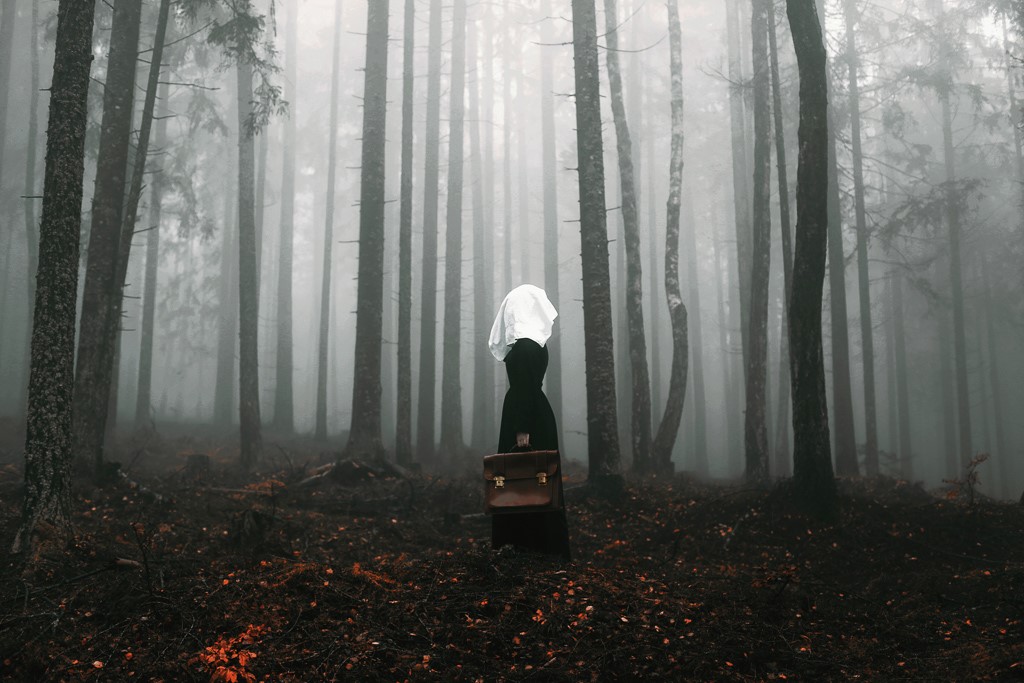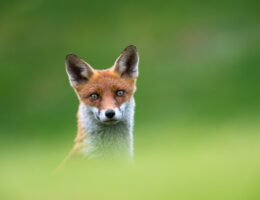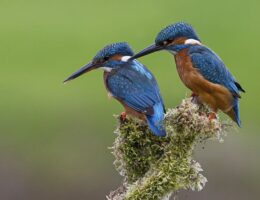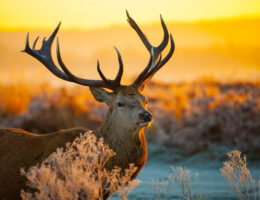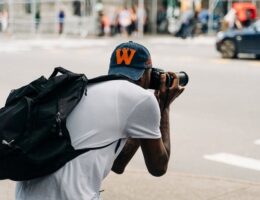IRAN ART EXHIBITION: USE YOUR CREATIVITY IN CONCEPTUAL PHOTOGRAPHY
What makes conceptual photography so delightfully uncommon is that every photo presented is more than merely a ‘nice’ piece of work. It is always more than just a scenery, portrait, a bowl of fruits, or a wrinkled face of an old man. Each conceptual photo illustrates an idea. It is the exploration of ideas and human experience – a personal, poetic narrative.
A Brief History
In art, there were the Neoclassical during the Industrial Revolution in the 1700s, the Impressionism during the Franco-Prussian War in the 1800s, and the Pop Art in the 1960s. In photography, the history of conceptual photography is relatively younger. Derived from Conceptual Art, a movement of the late 1960s, its works took precedence over traditional aesthetic and materials – the idea or concept placed more importance than the execution itself. Its earliest involvement included documenting performances, ephemeral sculpture or actions, translating ideas and concepts into images.
English photoconceptualist John Hilliard, who studied at the Lancester College of the Art and Saint Martin’s School of the Art, realised that bias was inherent in photography, that a photograph could not be neutral. He started manipulating photographic process and its results. 30 years later, his work evolved with stronger chroma, push processing and saturation. John Baldessari, an American conceptual artist, approached conceptual photography in a different way. Using found photography (recovery of lost, unclaimed, or discarded photographs) and appropriated images (recreating/recontextualising pre-existing objects or images with little changes made to them), he exploited the narrative potential of images to create evocative images (think Andy Warhol’s Campbell Soup). However different their methods of creation, they both share a similar goal – to explore an idea or a concept through photography.
How exactly do you translate an idea into a photograph and how does conceptual photography actually work? Here are some tips to help you kick start your conceptual photography adventure.
Develop the Concept
IRAN ART EXHIBITION: Besides illustrating an idea through images, conceptual photography requires one to think deeper and more creatively when constructing an image. Think of it as if you’re exploring the interior landscape of your mind. What possible ways can you present an idea through photography? Will a juxtaposition between an apocalyptic dread and a euphoria of survival tell a good story of the existence of dualism? Or a person suspended in mid-air shows how one is torn between two worlds? Does an empty, foggy road with an aged oak tree at the far end exude loneliness and melancholia, depicting the core of depression?
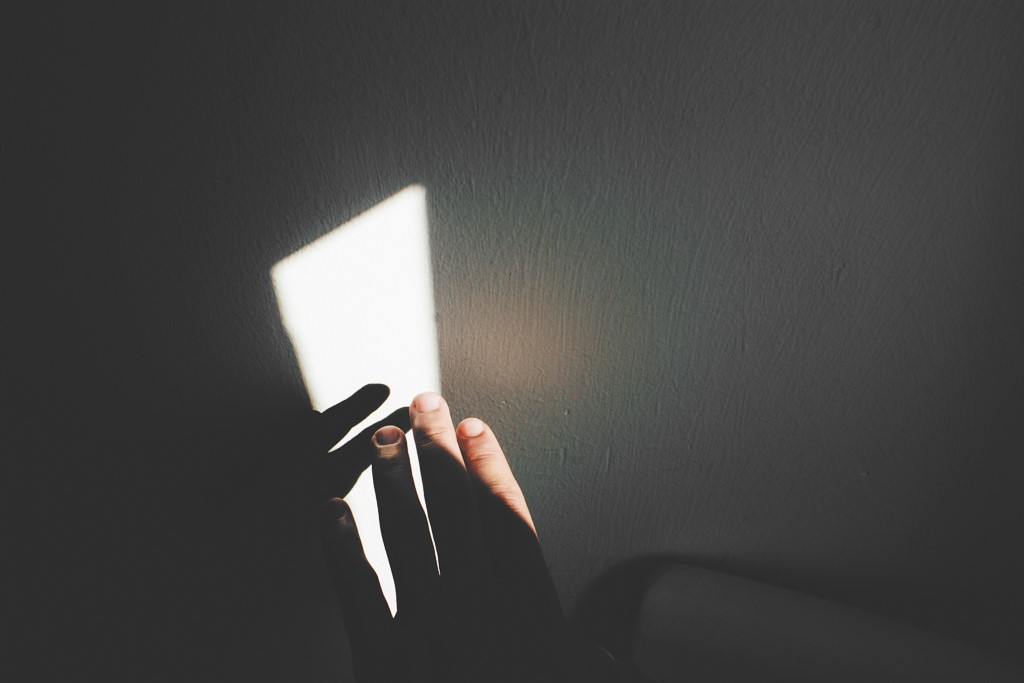
Find the Emotion
If you’re able to create a striking, emotionally engaging, and provocative photograph, then you have achieved your purpose. Happiness and joy, sorrow and despair… introducing an emotion can help a photo shine out of its obscurity. Will having a silhouette of a couple bring out the romanticism of dusk? Does a young girl with a stuffed toy dangling from her hand heighten the terror of a dark and empty street or create sympathy and sadness from your audience? Think of the feeling you want them to emote, and then start working from there.
Follow the Light
Photography is all about the finding the light. To carry out a certain emotion in your conceptual photo, it is important to explore all types of lighting, and it may not need be those expensive lighting gears. Lighting tools can be found in our everyday lives – matches, flashlights, house lamps, external flashes… explore the possibilities and play with the light to achieve the mood you desire.
Techniques Matter
From cropping to determining the depth of field, the technical skills you have can either make or break your photo. Find the best composition by tightening or widening your shot, use the right aperture setting to draw the attention to the subject, set your shutter speed to suit the style of your photo. Concept and creativity play a huge role in conceptual photography, and so do photography techniques.
IRAN ART EXHIBITION: Conceptual photography is highly creative and fun to shoot. Some of the best conceptual photos are all about finding your voice, having a creative spin, and enjoying the creation process.
